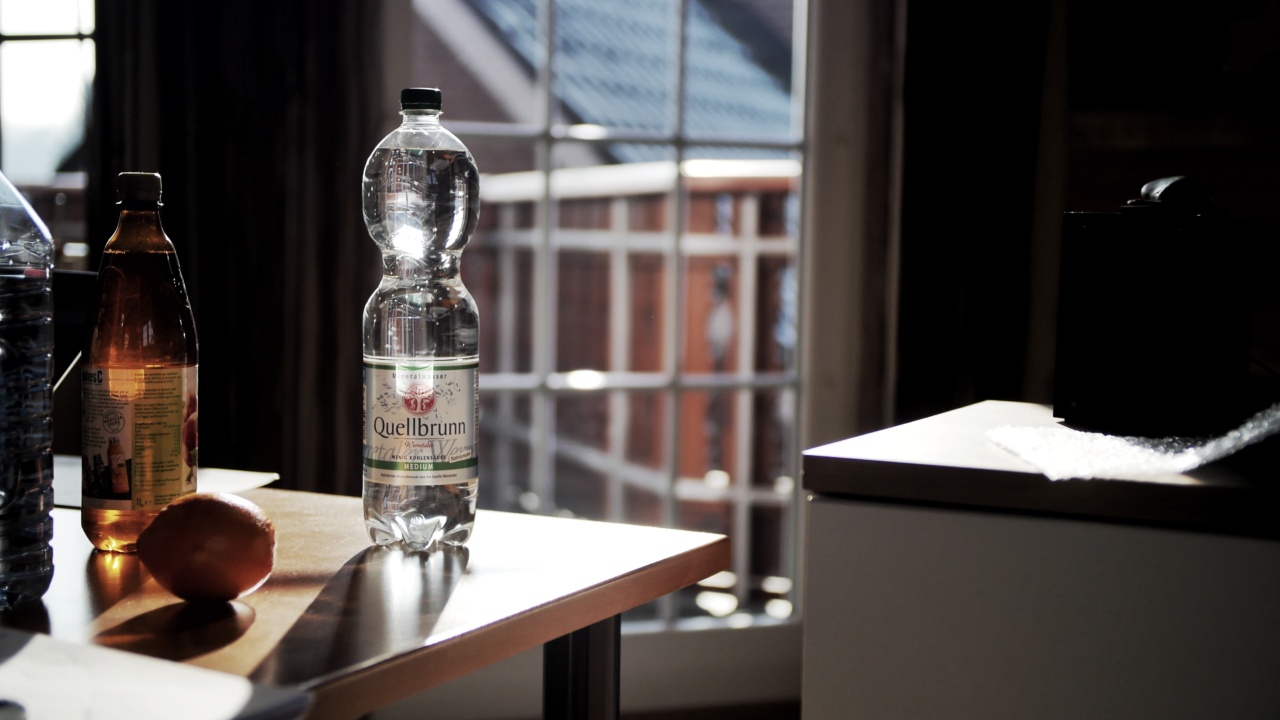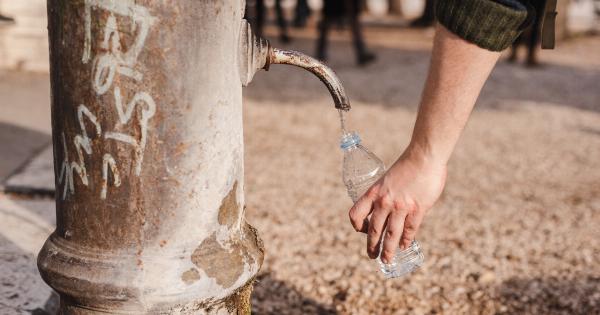Plastic water bottles have become an essential part of many people’s lives. With the convenience of being able to take them on-the-go, they have become a staple in our daily routine.
However, not many people are aware of the hidden dangers of sun-damaged plastic water bottles. In this article, we will explore the hazardous effects that sun damage can have on plastic water bottles and the potential risks they pose to our health.
What Happens to Plastic Water Bottles in the Sun?
When plastic water bottles are exposed to sunlight, the UV radiation causes the plastic to break down. This can lead to the release of harmful chemicals, such as bisphenol A (BPA), phthalates, and polyethylene terephthalate (PET).
These chemicals can leach into the water that we drink and potentially cause a variety of health problems.
BPA and Its Health Effects
BPA is a chemical that is commonly used in the production of plastic products, including water bottles. It is an endocrine disruptor, which means that it can interfere with the normal functioning of our hormones.
Exposure to BPA has been linked to a variety of health problems, including:.
- Increased risk of cancer
- Reproductive issues
- Behavioral problems
- Diabetes
When BPA is exposed to sunlight, it can break down and leach into the water that we drink. This is why it is crucial to avoid leaving plastic water bottles in the sun for extended periods of time.
Phthalates and Their Health Effects
Phthalates are chemicals that are commonly used in the production of plastic products. They are also endocrine disruptors and have been linked to a variety of health problems, including:.
- Reduced sperm count
- Birth defects
- Developmental issues in children
- Respiratory problems
When plastic water bottles are exposed to sunlight, the phthalates can leach into the water that we drink.
This can potentially cause a variety of health problems, which is why it is crucial to avoid leaving plastic water bottles in the sun for extended periods of time.
PET and Its Potential Health Risks
PET is a type of plastic that is commonly used in the production of water bottles. When exposed to sunlight, PET can break down and release antimony into the water that we drink. Antimony is a toxic metalloid that has been linked to:.
- Cancer
- Respiratory problems
- Gastrointestinal problems
- Cardiovascular problems
It is important to note that not all water bottles contain antimony. However, it is always better to err on the side of caution and avoid leaving plastic water bottles in the sun for extended periods of time.
How to Protect Yourself From Sun-Damaged Plastic Water Bottles
Now that we are aware of the potential risks that sun-damaged plastic water bottles can pose to our health, it is important to take measures to protect ourselves. Here are some tips:.
- Avoid leaving plastic water bottles in the sun for extended periods of time
- Use a reusable water bottle made of stainless steel or glass
- Choose water bottles that are BPA-free
- Do not reuse disposable water bottles
- Wash your water bottle regularly with hot, soapy water
By following these tips, you can help reduce your risk of exposure to harmful chemicals that may be leached from sun-damaged plastic water bottles.
Conclusion
While plastic water bottles are convenient, they do come with potential health risks. When exposed to sunlight, plastic water bottles can release harmful chemicals that can leach into the water that we drink.
BPA, phthalates, and PET are just a few of the potential hazards of sun-damaged plastic water bottles.
By taking measures to protect ourselves, such as avoiding leaving plastic water bottles in the sun for extended periods of time, using a reusable water bottle made of stainless steel or glass, and choosing BPA-free water bottles, we can reduce our risk of exposure to these harmful chemicals.






























